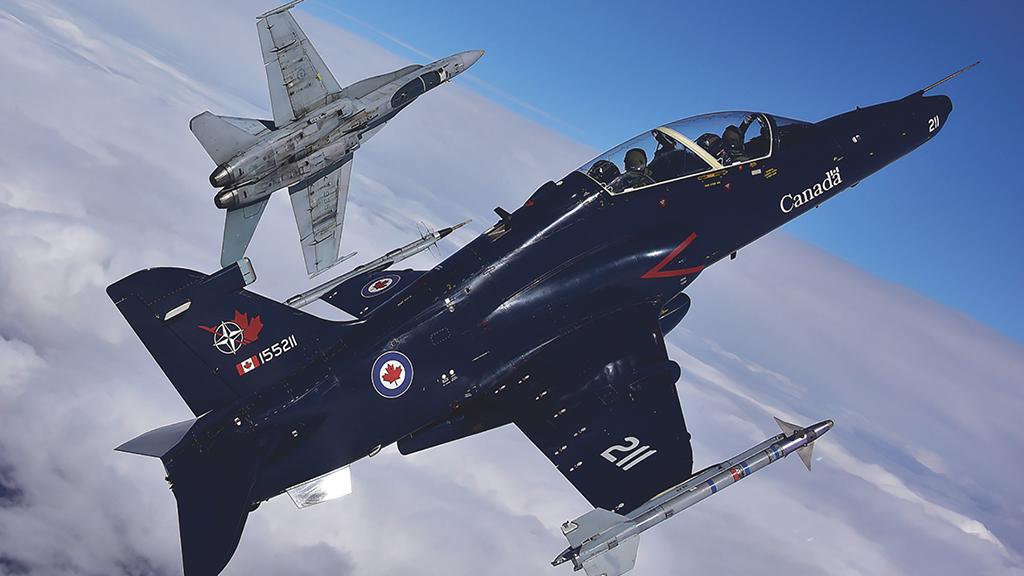
A fleet of aging CT-155 Hawk jets ceased flying three months ago, forcing Canadian pilots to enroll in training programs outside Canada.
Credit: Canadian Department of National Defense
On March 8, 419 Tactical Fighter Training Squadron in Cold Lake, Alberta, ceased operations, transitioned its CT-155 Hawk jets into maintenance trainers and farmed-out its student pilots and instructors to fighter lead-in training programs in Finland, Italy and the U.S. The loss of a domestic...
Training Jet Competition Launches Canadian Acquisition Reform is available to both Aviation Week & Space Technology and AWIN subscribers.
Subscribe now to read this content, plus receive critical analysis into emerging trends, technological advancements, operational best practices and continuous updates to policy, requirements and budgets.
Already a subscriber to AW&ST or AWIN? Log in with your existing email and password.





